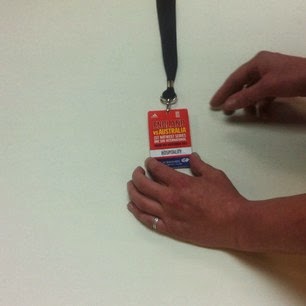Most businesses use leaflets as part of
their marketing and advertising campaigns. This means that certain members of
staff spend a lot of time talking to their printers. However, the language that
printers use when talking about leaflets is somewhat esoteric – it’s hard for
us every day folk to understand. This can lead to problems with design and
print: you think you're asking for a specific feature, but the printer
interprets this in a different way (and actually, they will interpret it more
accurately). At worst, it can mean that you have to pay for leaflets that you
don’t like.
Much of this problem can be dealt with
simply by learning a little about what the printer means when referring to
certain features. Here, we’re going to consider some of the most common
printing terms, and explain what they mean.
Paper Sizes
Paper sizes can be difficult to understand,
but there are really only three types of measure:
1.
The As: A7, A6, A5, A4, A3, A2,
A1, A0. Most people know these standard sizes. The larger the number, the
smaller the size. A0 is the largest, and is the starting point for measurement.
A1 is half the size of A0, A2 is half the size of A1 and it moves down the
scale as such, so that for example, an A4 sheet fits 16 times in an A0 sheet.
2.
The Bs: B7, B6, B5, B4, B3, B2,
B1, B0. These work in exactly the same way as the As, but they are moderately
larger. If you were to lay an A0 sheet on top of an B0 sheet, there would be,
roughly, a 1.5cm border around the outside of the A0. The B0 is made larger in
order to allow for a bleed edge* when printing two impressions on the same
piece of paper.
3.
The SR system. SR is placed
before the A or B series, for example, SRA3 is the equivalent of A3. The SR is
slightly larger and allows for a bleed edge* when printing single copies.
Bleed Edge
If your printer asks you if you want a
bleed edge, he is asking you if you want the print/ink to run to the edge of
the paper. That is to say, that there is no white left on the edges of the
paper (unless you’ve placed white in your design, of course). If you don’t have
a bleed edge, then there will be a white border around your print. This is
because the paper is fed through the printer (a digital printer) on rollers.
Where the rollers touch the paper, there is no ink application.
The exception is lithographic printing.
With lithographic printing, there is no bleed edge because it is done as a
press, and not as a roller.
Folds
There are a number of different folds, the
most common are:
·
Z fold cards and leaflets: with
z fold cards and leaflets there are two folds, so the leaflet has three
sections on each side. If you look at the letter Z then imagine a piece of
paper folded that way, that’s exactly what it means.
·
U-fold: again, there are two
creases and three panels. If you look a U-fold leaflet, it folds like this U –
except that the bottom is flat, and not rounded.
Follow us :


No comments:
Post a Comment